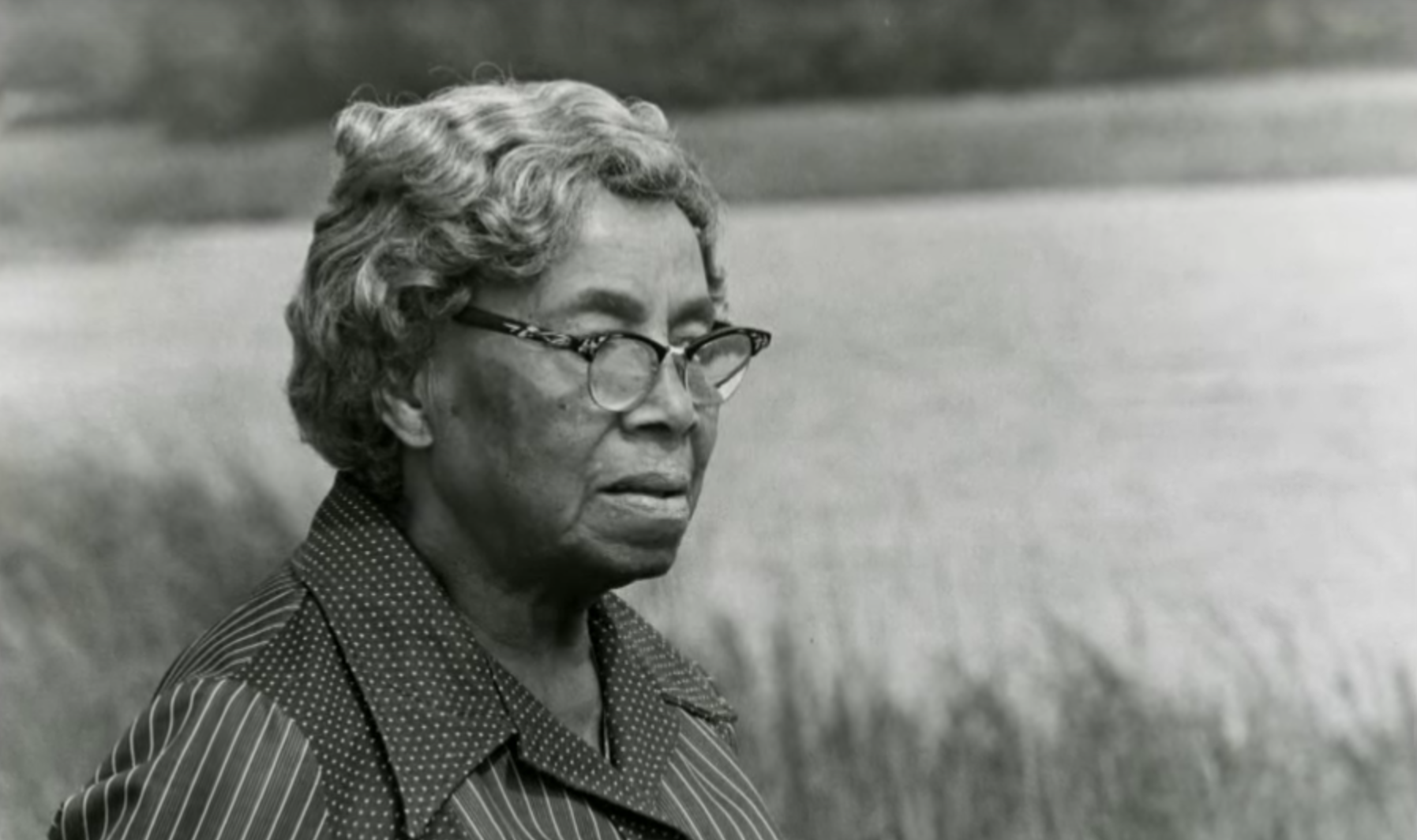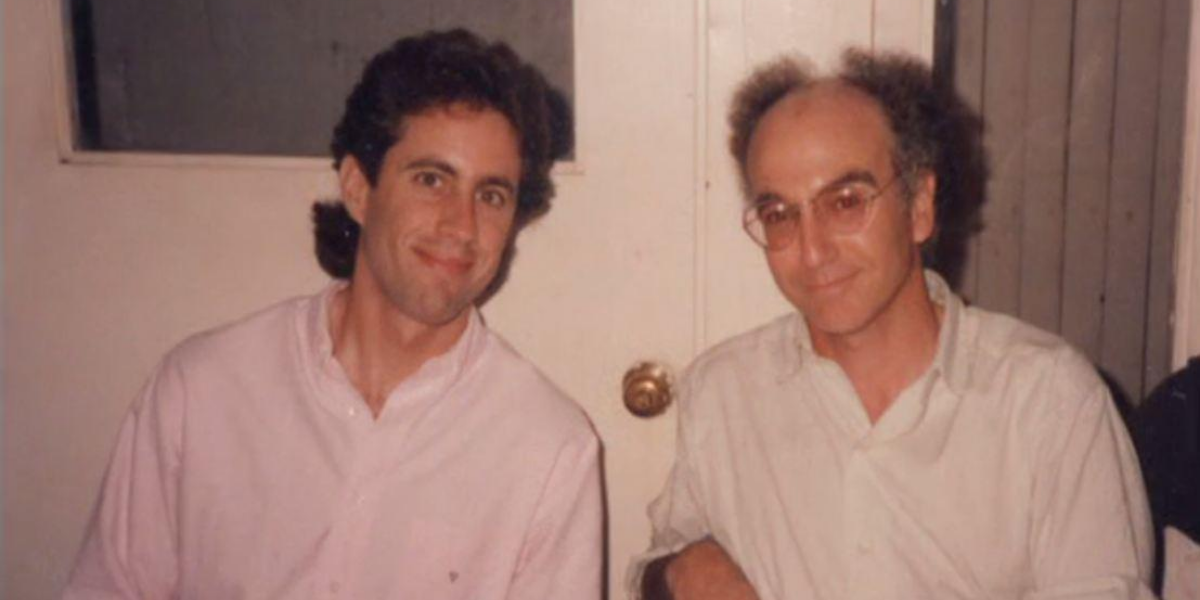Sunday, February 5, 2023
i'll gladly change
Tuesday, November 8, 2022
whenever there is chaos
Friday, October 28, 2022
the right way is the hard way
Monday, August 8, 2022
stages of culture
Suffer, survive or thrive in organizational culture? - Leadership & Change Magazine
Tuesday, April 19, 2022
I found what I loved
I really didn’t know what to do for a few months. I felt that I had let the previous generation of entrepreneurs down — that I had dropped the baton as it was being passed to me. I met with David Packard and Bob Noyce and tried to apologize for screwing up so badly. I was a very public failure, and I even thought about running away from the valley. But something slowly began to dawn on me — I still loved what I did. The turn of events at Apple had not changed that one bit. I had been rejected, but I was still in love. And so I decided to start over.
I didn’t see it then, but it turned out that getting fired from Apple was the best thing that could have ever happened to me. The heaviness of being successful was replaced by the lightness of being a beginner again, less sure about everything. It freed me to enter one of the most creative periods of my life.
During the next five years, I started a company named NeXT, another company named Pixar, and fell in love with an amazing woman who would become my wife. Pixar went on to create the world’s first computer animated feature film, Toy Story, and is now the most successful animation studio in the world. In a remarkable turn of events, Apple bought NeXT, I returned to Apple, and the technology we developed at NeXT is at the heart of Apple’s current renaissance. And Laurene and I have a wonderful family together.
I’m pretty sure none of this would have happened if I hadn’t been fired from Apple. It was awful tasting medicine, but I guess the patient needed it. Sometimes life hits you in the head with a brick. Don’t lose faith. I’m convinced that the only thing that kept me going was that I loved what I did. You’ve got to find what you love. And that is as true for your work as it is for your lovers. Your work is going to fill a large part of your life, and the only way to be truly satisfied is to do what you believe is great work. And the only way to do great work is to love what you do. If you haven’t found it yet, keep looking. Don’t settle. As with all matters of the heart, you’ll know when you find it. And, like any great relationship, it just gets better and better as the years roll on. So keep looking until you find it. Don’t settle.
Wednesday, April 13, 2022
the rough side of the mountain
Aretha Franklin
"The Swingin' Aretha," Ebony. March 1964. p.85. As found in 2022 Great Quotes From Great Leaders Boxed Calendar: 365 Inspirational Quotes From Leaders Who Shaped the World.
Saturday, March 13, 2021
command and feedback
Jim Mattis
MATTIS, J. (2019). CALL SIGN CHAOS: Learning to lead. S.l.: RANDOM HOUSE. 62
Sunday, January 17, 2021
the behaviors of engaged teams
Engaged teams and employees often:
- Confide in and show trust in their leadership team
- Identify problems and take on challenges proactively
- Work with a win-win mindset
- Provide better performance on day-to-day tasks
- Work with purpose and reevaluate priorities without instruction
- Challenge priorities and push back on assignments when they don’t see the value of them
- Collaborate with team members (and other departments) with a positive attitude
On the other side, disengaged teams and employees do the following:
- Shuffle responsibility from person to person
- Approach projects with a defeatist attitude
- Prioritize individual work over teamwork
- Fail to speak up or contribute during team meetings
- Come to one on ones without any agenda items
- Fail to follow through on commitments
These are the telltale signs that something has gone awry. Yet, managers may not have the visibility to identify these signs early when managing remote and distributed teams.
"How to Increase Remote Team Engagement" Workpatterns. December 10, 2020
Sunday, October 28, 2018
the good man’s shining time
Saturday, October 20, 2018
the ultimate measure of a man
Wednesday, October 3, 2018
therefore trust
Saturday, September 22, 2018
eyes on, hands off
Thursday, September 21, 2017
having skin in the game
Sunday, May 22, 2016
there is always a way forward

Saturday, April 2, 2016
engaging in new experiences
 Mihaly Csikszentmihalyi has identified… an important contributing factor of happiness – engaging in new experiences… that broaden our horizons. “Whenever we discover new challenges,” he writes, “whenever we use new skills, we feel a deep sense of enjoyment. To repeat this desirable feeling, we must find ever higher challenges, build more sophisticated skills; in doing so we help the evolution of complexity move along….”
Mihaly Csikszentmihalyi has identified… an important contributing factor of happiness – engaging in new experiences… that broaden our horizons. “Whenever we discover new challenges,” he writes, “whenever we use new skills, we feel a deep sense of enjoyment. To repeat this desirable feeling, we must find ever higher challenges, build more sophisticated skills; in doing so we help the evolution of complexity move along….”












